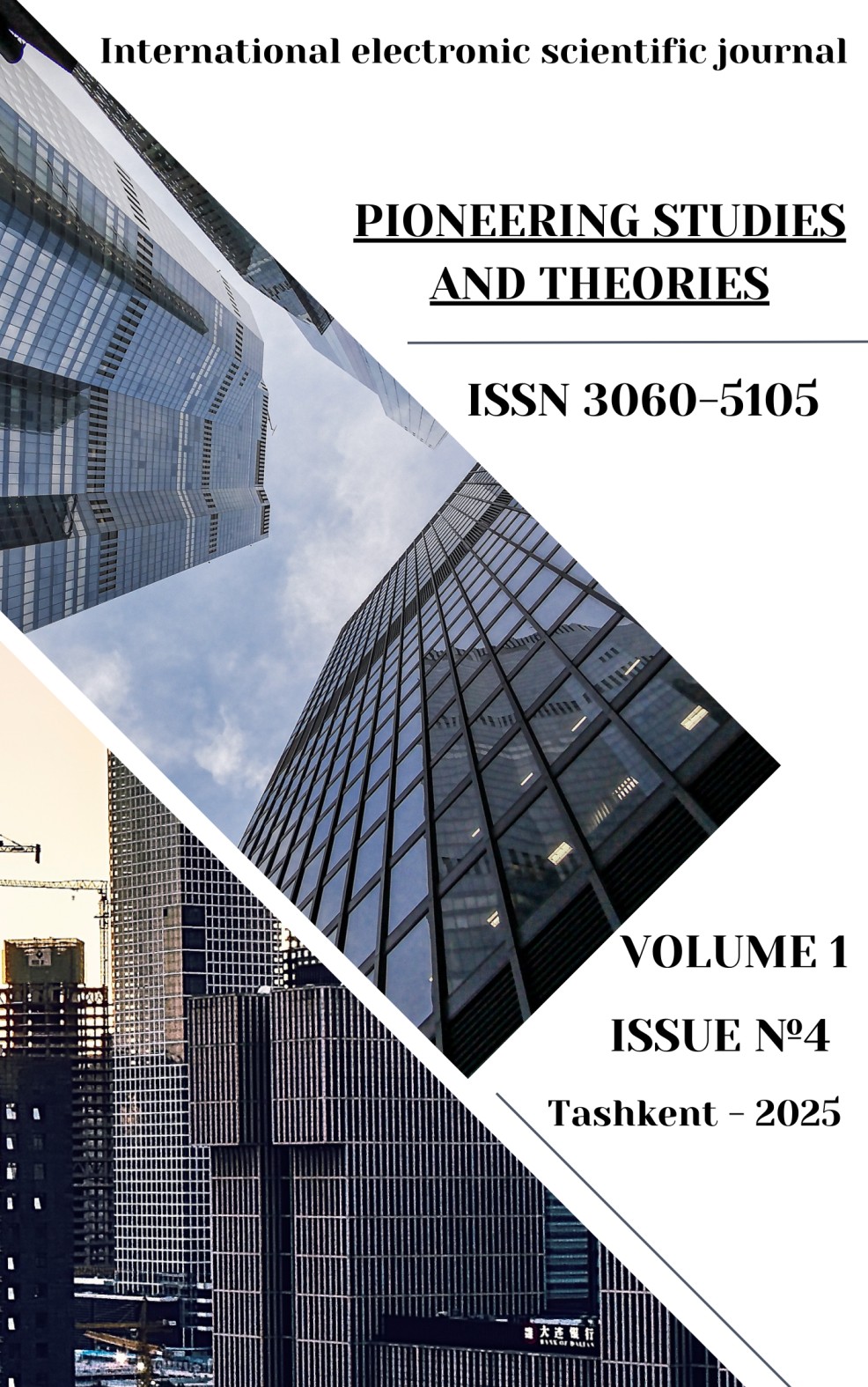A METHODOLOGICAL FRAMEWORK FOR ASSESSING CUSTOMER SATISFACTION WITH DIGITAL BANKING INNOVATIONS
DOI:
https://doi.org/10.5281/zenodo.15046908Ключевые слова:
digital banking, customer satisfaction, methodological framework, service quality, econometric modeling, fintech innovationАннотация
Digital banking innovations have soared in the last few years, bringing a wave of transformation to the financial services industry. Customer satisfaction can prove to be a key to long term success. Nonetheless, the established approaches for measuring customer satisfaction are primarily based on traditional service quality concepts and do not appropriately accommodate the specific characteristics associated with digital banking experiences. They allow to existing both customer satisfaction measurement models and the evaluation of innovations. Based on existing theories like SERVQUAL and Technology Acceptance Model (TAM), the proposed framework combines survey-based measures, behavioral data analytics, sentiment analysis, and econometric modeling.
Библиографические ссылки
1. Oliver, R. L. (1980). A Cognitive Model of the Antecedents and Consequences of Satisfaction Decisions. Journal of Marketing Research, 17(4), 460-469.
2. Davis, F. D. (1989). Perceived Usefulness, Perceived Ease of Use, and User Acceptance of Information Technology. MIS Quarterly, 13(3), 319-340.
3. Parasuraman, A., Zeithaml, V. A., & Berry, L. L. (1988). SERVQUAL: A Multiple-Item Scale for Measuring Consumer Perceptions of Service Quality. Journal of Retailing, 64(1), 12-40.
4. Ladhari, R. (2009). A Review of Twenty Years of SERVQUAL Research. International Journal of Quality and Service Sciences, 1(2), 172-198.
5. Reichheld, F. F. (2003). The One Number You Need to Grow. Harvard Business Review, 81(12), 46-54.
6. Fornell, C., Johnson, M. D., Anderson, E. W., Cha, J., & Bryant, B. E. (1996). The American Customer Satisfaction Index: Nature, Purpose, and Findings. Journal of Marketing, 60(4), 7-18.
7. Pang, B., & Lee, L. (2008). Opinion Mining and Sentiment Analysis. Foundations and Trends in Information Retrieval, 2(1–2), 1-135.
8. Moro, S., Cortez, P., & Rita, P. (2015). Business Intelligence in Banking: A Literature Analysis from 2002 to 2013 Using Text Mining and Latent Dirichlet Allocation. Expert Systems with Applications, 42(3), 1314-1324.
9. Zhou, T. (2011). An Empirical Examination of Initial Trust in Mobile Banking. Internet Research, 21(5), 527-540.
10. Yousafzai, S. Y., Pallister, J. G., & Foxall, G. R. (2003). A Proposed Model of E-Trust for Electronic Banking. Technovation, 23(11), 847-860.
11. Kannan, P. K., & Li, H. (2017). Digital Marketing: A Framework, Review, and Research Agenda. International Journal of Research in Marketing, 34(1), 22-45.
12. Gursoy, D., Chi, O. H., Lu, L., & Nunkoo, R. (2019). Consumers Acceptance of Artificially Intelligent (AI) Device Use in Service Delivery. International Journal of Information Management, 49, 157-169.
13. Luo, X., Zhang, J., & Shim, J. P. (2010). Understanding the Determinants of Mobile Banking Adoption: A Behavioral Perspective. Journal of Electronic Commerce Research, 11(3), 252-266.
14. Lee, J., & See, K. (2004). Trust in Automation: Designing for Appropriate Reliance. Human Factors, 46(1), 50-80.
15. Baabdullah, A. M. (2018). Consumer Adoption of Mobile Social Network Games (M-SNGs) in Saudi Arabia: The Role of Social Influence, Hedonic Motivation and Trust. Technology in Society, 53, 91-102.
16. Siau, K., & Wang, W. (2018). Building Trust in Artificial Intelligence, Machine Learning, and Robotics. ACM Transactions on Management Information Systems, 9(3), 1-12.
Загрузки
Опубликован
Выпуск
Раздел
Лицензия
Copyright (c) 2025 Shirinova Shokhsanam Sobir kizi (Author)

Это произведение доступно по лицензии Creative Commons «Attribution» («Атрибуция») 4.0 Всемирная.





